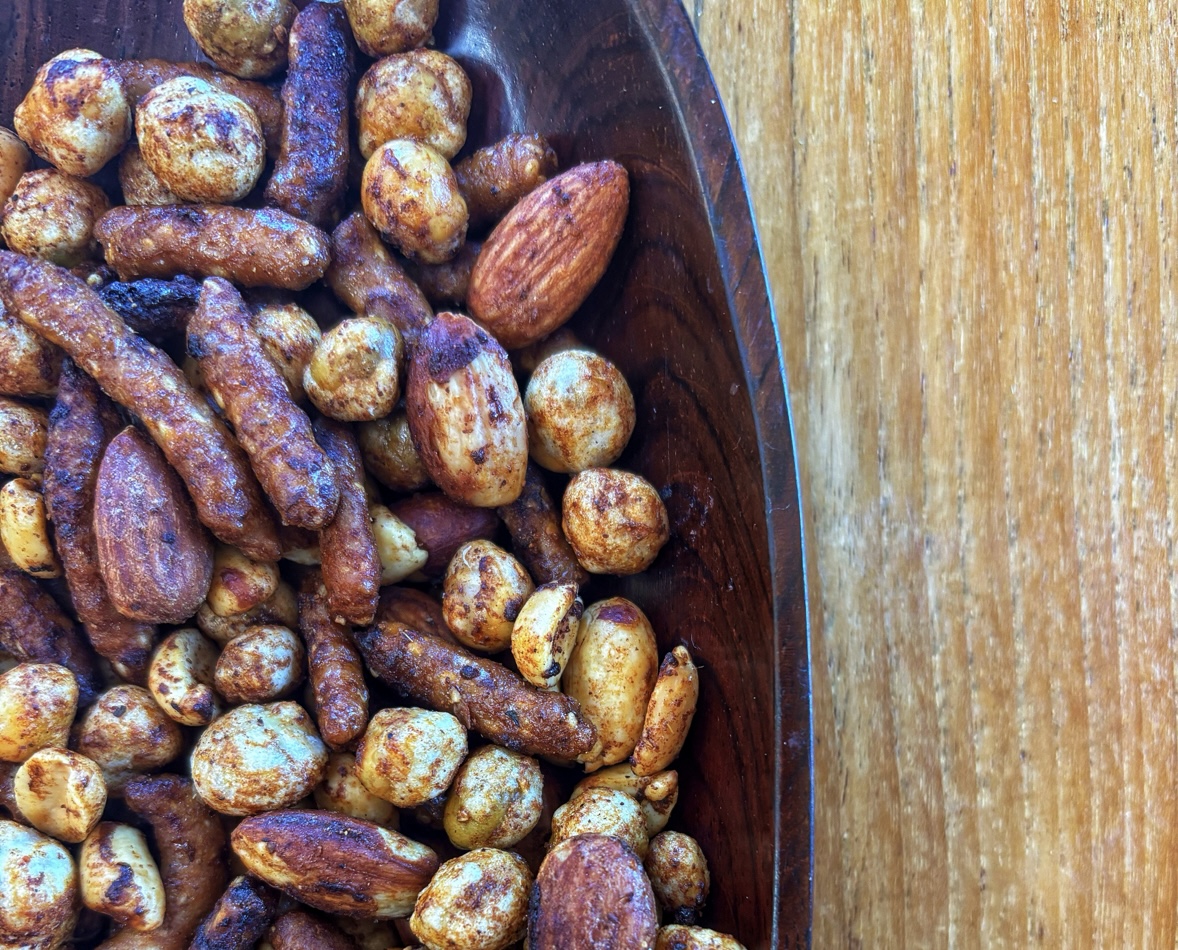I’ve a kitchen scale in my home, and I use it on occasion to weigh out ounces of dried fruits, nuts and other ingredients when making granola, or measure out precise amounts of chicken or beef for dinner.
For years I’ve known of that kitchen scales are an essential tool for portion control, and is also a great tool to ensure accuracy when measuring ingredients – which is especially needed when baking.
Knowing that I would have better results, and giving that I am an avid baker, I wondered why I haven’t made the switch to using one all the time. And, I wondered whether other consumers stood on the same topic.
I turned to Liz Wentland, Director of Marketing — Kitchen Products, Taylor Precision Products|Salter Housewares USA to answer a few questions about kitchen scales.
Family Eats: I’ve seen magazines, such as Cooking Light, now referring to weight measurements in recipes, and an increasing number of cookbooks include these measurements. Are consumers embracing the concept of measuring by weight as opposed to by volume? And, is this the primary reason kitchen scales are such a growth category?
Liz Wentland: I think consumers are beginning to truly understand that the concept that weighing is a lot more accurate than measuring by volume, in general. Look at any nutritional label – both measurements and weight is listed.
When measuring by volume, a cup is not always a cup – it depends on how you pack that cup. But a weight is a weight; it does not deviate on the user.
I like to use spinach as an example. What is a cup of spinach – loose or packed? Having too much or too little spinach can effect what is being cooked. But, an ounce is an ounce. It does not vary.
FE: Now that consumers are more aware of the benefits of measuring by weight as opposed to volume, what is the primary reason that consumers are buying scales?
LW: Primarily, consumers are buying scales for portion control. When someone is on a diet, or watching his or her food intake, weighing is so much more accurate. If someone is allowed a food on a certain diet, they want to get the most out of it that they can. And using a scale is the most precise way is measuring.
However, it is my opinion that scales should be used more for baking. Think about how too much or too little flour can really hinder baking results. But, measuring by weight is not always easy to do, because most USA recipes provide measurements in volume and not weight. For this reason, we have found that our digital scale with measuring cup has been selling – it does the conversion of the 5 key baking ingredients for you; based on the weight, it converts to cups.
FE: What are the essential features consumers should look for when it comes to scales?
LW: There are several features that are essential when deciding to purchase a scale.
- A food scale needs to have increments that are meaningful. For instance, ours measure to the 0.1 oz and the 1/8 oz.
- Capacity is not as important, but the standard is 11 lbs. Higher capacity scales are used for things like canning.
- The readout needs to be big and easy to read.
- The platform should be big enough to accommodate weighing directly on the scale. Materials such as glass or stainless steel are best because there isn’t a problem of staining, or flavor carry-over.
- The tare (add and weigh) button must be easy to locate.
- Must have auto and manual shut off.
FE: Can you offer any advice on how consumers can make the switch to using scales.
LW: I would advise to first start out by using your scale in everyday food prep. If you are measuring out cereal, weigh it and see how it varies. It is easier to control nutrition if the food is weighed. Using a scale for portion control is not just for dieting, it is for healthy living. Once the consumer uses a scale, they will be much better at determining what 3 oz of chicken, or 4 oz of beef is when the scale is out and available for use.


